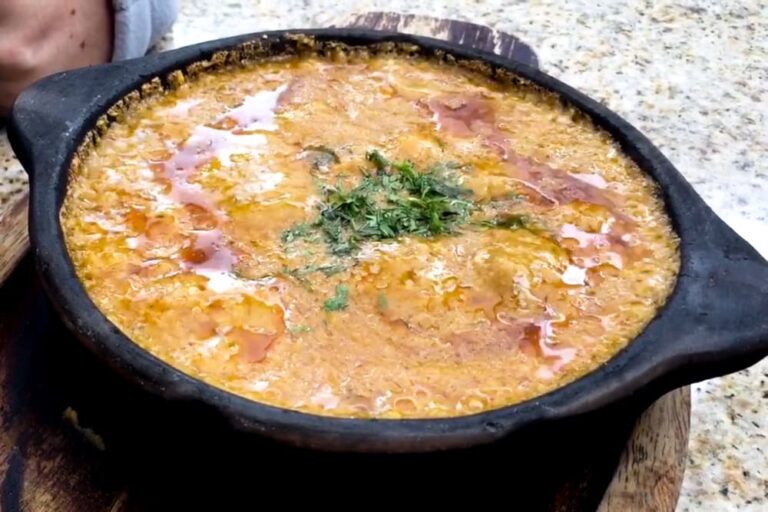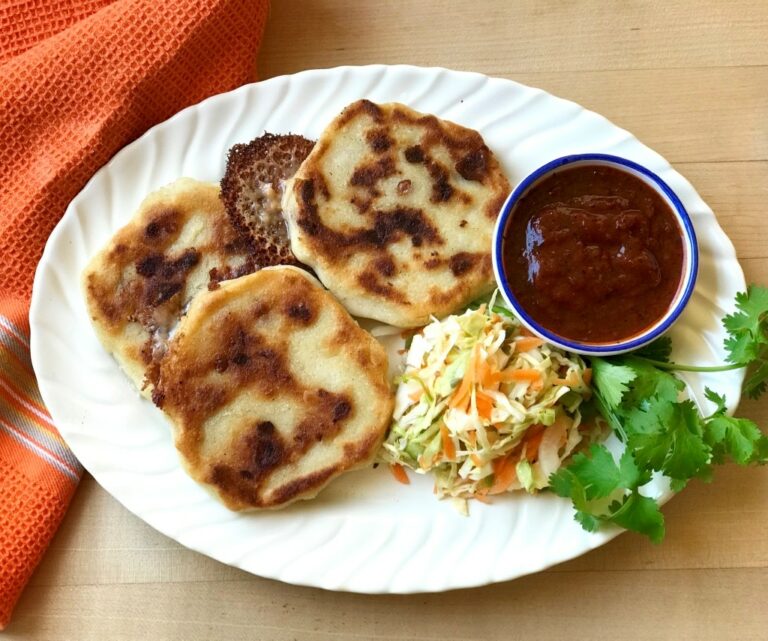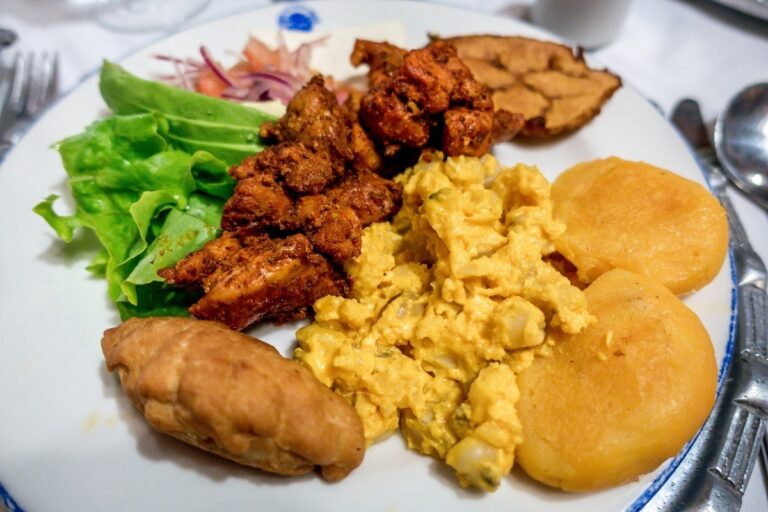Introduction to Ecuadorian Cuisine
Ecuadorian cuisine is a vibrant blend of indigenous and Spanish influences, with a focus on fresh ingredients and bold flavors. From the coastal seafood dishes to the highland stews and soups, Ecuadorian cuisine is a reflection of its diverse geography and cultural heritage. The cuisine is known for its use of exotic fruits, vegetables, and spices, such as achiote, cilantro, and chiles.
Importance of Side Dishes in Ecuadorian Cuisine
Side dishes play an essential role in Ecuadorian cuisine, as they complement the main courses and add depth and richness to the meal. Ecuadorian side dishes are often made with simple, rustic ingredients, yet they are bursting with flavor and nutrition. These dishes are also a way to showcase regional specialties, such as plantains from the coastal region, quinoa from the Andes, or yucca from the Amazon.
Rice Dishes: A Staple in Ecuadorian Cuisine
Rice is a staple in Ecuadorian cuisine, and it is often served as a side dish with meat, seafood, or vegetable dishes. Arroz con menestra is a popular rice and bean dish that is served with roasted pork or chicken. Arroz con pollo is a classic dish made with rice, chicken, and vegetables cooked in a flavorful broth. Another popular rice dish is seco de chivo, which is also known as goat stew, and it is served with rice, avocado, and fried plantains.
Ensalada Rusa: A Popular Side Dish in Ecuador
Ensalada Rusa, or Russian salad, is a popular side dish in Ecuadorian cuisine. This dish is a blend of boiled potatoes, carrots, and peas mixed with mayonnaise and sometimes tuna. Ensalada Rusa is a refreshing and satisfying side dish that is perfect for hot summer days.
Plantains: A Versatile Side Dish in Ecuadorian Cuisine
Plantains are a versatile and ubiquitous ingredient in Ecuadorian cuisine. They are used in many dishes, from breakfast to dinner, and can be fried, boiled, or mashed. Patacones are a popular side dish made by slicing green plantains and frying them until crispy. They are served with a variety of sauces, such as garlic and cilantro sauce or a spicy tomato sauce. Maduro is another popular plantain dish that is made by frying ripe plantains until they are caramelized and sweet.
Soups: A Hearty Accompaniment to Main Courses
Soups are a staple in Ecuadorian cuisine, and they are often served as a hearty accompaniment to main courses. Locro is a classic Andean potato soup made with cheese, avocado, and corn. Caldo de gallina is a chicken soup that is served with rice, avocado, and cilantro. Fanesca is a traditional soup that is served during the Easter season, and it is made with grains, beans, and vegetables.
Empanadas: A Finger-Licking Experience
Empanadas are a popular finger food in Ecuadorian cuisine, and they are often served as a side dish or a snack. Empanadas are made by filling a pastry shell with meat, cheese, or vegetables and frying or baking it until it is crispy. Empanadas can be filled with a variety of ingredients, such as beef, chicken, cheese, or spinach.
Conclusion: Diversity and Richness of Ecuadorian Side Dishes
Ecuadorian cuisine is a rich and diverse tapestry of flavors and ingredients, and side dishes play an essential role in this culinary tradition. From rice dishes to plantains, soups, and empanadas, Ecuadorian side dishes are full of flavor, nutrition, and cultural significance. Whether you are a seasoned foodie or a curious traveler, exploring the world of Ecuadorian side dishes is a delicious and rewarding experience.










